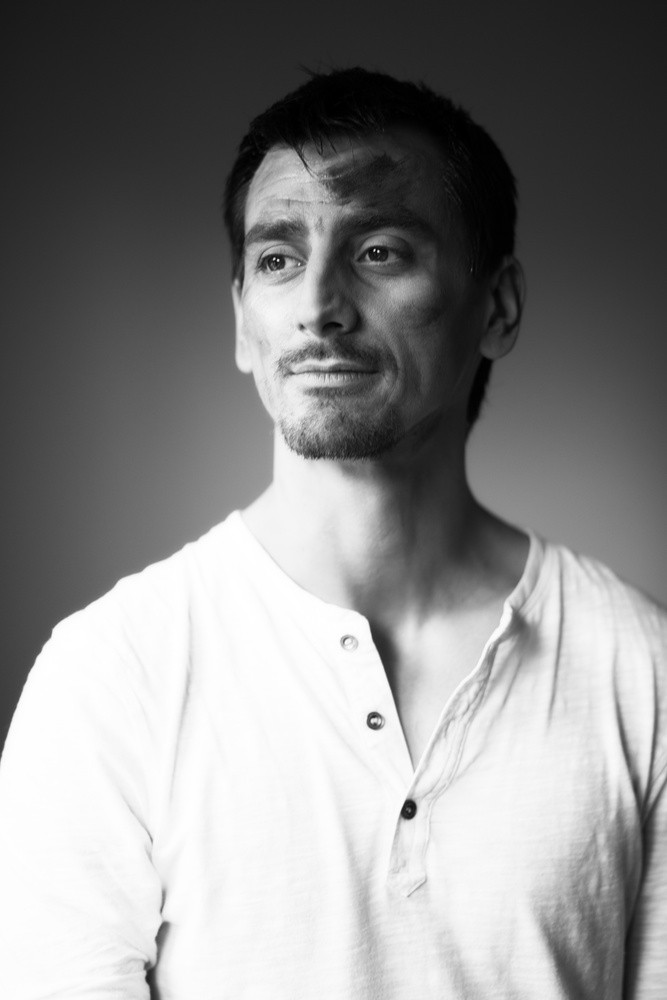
I got this question about how to prepare for the first portrait session. I will divide the answer into two parts: what you have to do practically speaking and what you should do to really do well
Have to part is to make sure that you will not make technical mistakes and that client and you have the same expectations:
- Ask about how the client will use the portrait: what is appropriate for social media won’t be appropriate in the CV. A portrait for an interview article demands more than a LinkedIn profile photo. If the client wants the picture that will fit all it’s a kind of red flag: you can either attempt to do many different looks in one photoshoot which should affect the price or be forced to cave to time constraints and do basic tasteless photo.
- Does the client expect to have makeup and hair/grooming done? If so who hires a MUAH and who chooses one. If the client will come after a fresh haircut or after a beauty salon there’s a probability that he/she will cancel last minute because the look will be less than good (people become very self-critical in such situations)
- Light. This is your basics. Would it be enough to light at the location you have chosen to make high-quality pictures? If not you should reconsider the location or rent and bring in the light. You want at least 400ISO, 160, 2.8; 400, 200, and 5.6 for the CV picture. Mind that the parameters you are able to get will affect the aesthetics of your portraits (you can go blurry with boudoir, but not a professional style for example).
- Next, you need to decide if you are showing all the pictures or just edited ones. The client will pressure you into option 1, but option 2 is the one to go with. If you have no choice, send edited first and then all of the pictures to pick additional edits. Make sure that the first result client sees from you is your end result.
- Sometimes a client wants a specific angle or if it’s a family portrait specific combination of family members (maybe one picture has to be just kids). Make sure you know the requirements in advance but don’t be scared to bend them a little if you see an opportunity for a great portrait.
- Ask a client to bring options for the wardrobe (sometimes “blue blouse” sounds good until you see that it’s the wrong kind of blue and the wrong kind of blouse). So use the phrase “It’s good to have options”, and “It’s better to bring something we won’t use than to have a perfect shirt but at home”. At the same time don’t commit to using all the looks the client brings alone.
- Finally, who will come on set with your client? Many people like to bring significant others with them, you have to remember that each one will be one more cook in your kitchen. So, having a friend for moral support or a dad who comes to check the place if you work with a young girl is a good idea. To have the whole family with a client to advise or a wife who tells her husband how to pose — never ends well.
Now for the should part, just two things:
- Make sure you did what you had to do before getting too creative. Make a shot on white with good light with a smile, without a smile, change a wardrobe, change a light, change a backdrop. Then get creative with artistic light, deep facial expressions, and props. If you start with that and get carried away and then the client doesn’t like it and you don’t have that he/she came for then you have a problem.
- Most important for the last: if you work with a person from outside the industry make your camera “transparent”. Don’t expect a person to pose (not a model, will do something less than), make a person smile, talk about something that makes him/her proud or moved, or make him/her laugh. Change the lighting seamlessly and talk to a person about his/her life, about your life, about the latest news, and some funny anecdotes. Feel the response, see if a person wants to go personal or stay on the surface, and make it an interview for him/her, or be a storyteller. And don’t forget to click :)
Was this article helpful?